Stand up paddle boarding, or SUP, is a fun way to enjoy your time on the water this summer. From your paddle board, you can look down into the mysterious depths of the water or out to the beauty of the horizon. Plus, SUP offers a full-body workout that will leave you feeling exhilarated after every trip.
You don’t have to be an expert to enjoy a paddle boarding adventure this summer. Check out this guide for all things SUP and see our top tips for your first paddle boarding adventure.
What Is Stand Up Paddle Boarding?
Let’s start with the basics: what is stand up paddle boarding? Think of SUP as a mix between surfing and canoeing. A paddle board allows you to stand upright on the water while using a paddle to get around. Paddle boards are long, flat boards with room to sit, kneel, or stand up fully.
Because of their versatility, paddle boards let you do so much more than just stand on the water—though that’s an incredible experience in and of itself. Keep it relaxing by sitting or kneeling. Challenge yourself with a yoga routine on the water. Push yourself with a faster SUP workout. Once you get some practice in, you can even try your luck with the waves. Paddle boarding lets you enjoy the water any way you want.
The Essential Gear
As you prepare for your first paddle boarding experience, make sure you have all the necessary gear. You’ll need a quality board, paddle, and safety equipment.
Start with your paddle board. There are numerous types of paddle boards that excel at different activities. Renting your paddle board might be a good idea while you’re still learning the ropes. Once you have some experience, look for a high-quality paddle board that suits your style. YoColorado’s inflatable SUP kit is sturdy, durable, and portable, making it an ideal choice for experienced paddle boarders.
There are a few safety essentials you need to have, too. Wear a life jacket if you’re venturing beyond surfs or swimming areas. Bring a whistle so that you can signal to boaters. If you’re going to be out after sunset, make sure you have a light. Finally, check that your SUP has a proper leash. The leash keeps you tethered to your board if you fall, making it an essential safety feature.
Other Things To Pack
In addition to the essentials, it’s a good idea to pack sun protection, towels, and other gear that will help you better enjoy your time on the water. Apply sunscreen before you head out, and reapply throughout the day. Use a dry bag to protect your gear while you’re out on the water. It’s also helpful to bring bungee cords and carabiners to strap down your stuff. If you’re going to be out on the water for a while, bring a water bottle and snacks.
While you’re packing, don’t forget to have some fun! A waterproof speaker and GoPro camera are great items to bring to make the adventure even better.
Finding the Right Body of Water
The right location can make your first paddle boarding experience a lot easier. It’s best to stick to flat, calm water as you learn to find your balance. Ponds or lakes are ideal. Avoid an area with lots of obstacles, such as boats or buoys. The more space you have to patiently learn, the better. It also helps to have a sandy beach that lets you easily wade into the water and launch your board.
Check the weather before you go out. A sunny day with little wind creates ideal conditions for learning how to paddle board. Even for experienced paddle boarders, wind speeds above 10 knots (or about 11.5 miles per hour) can be dangerous. Never underestimate the power of bad weather, especially while you’re on the water.
Paddle Boarding Tips for Beginners
Paddle boarding takes some practice—and patience—but soon, you’ll enjoy the view from above the water’s surface. Learn how to find your balance and get moving on the water with these tips for your first paddle boarding adventure.
Standing on Your Board
Standing on the board is perhaps the most intimidating part of stand up paddle boarding. Remember that it might take a few tries! With some practice, though, it’ll become second nature.
Start by wading into knee-deep water and standing beside your board. Place your paddle across the board and climb onto the board so that you’re kneeling. From here, you can practice paddling, and get a feel for the board and the water.
When you’re ready to stand, keep your hands on the sides of the board. Move one leg at a time until both feet are on the board where your knees were. Next, stand up slowly by raising your torso while keeping your knees bent. Once your torso is vertical, you can extend your legs and stand up straight!
Once you’re upright, keep your balance by standing with your feet pointed forward, knees bent, and vision ahead rather than at your feet.
Holding Your Paddle
Holding your paddle correctly will give you better control, balance, and speed. Start by angling the blade of the paddle away from you and toward the nose of your board. If you've gone kayaking before, note that this is the opposite of how you would hold a kayak paddle.
When paddling on the right side of your board, place your left hand on the T-grip and your right hand on the shaft of the paddle. Reverse your hand positions when you paddle on the left side.
Remember to paddle with your core, rather than your arms. This will give you more power, and work your core for an excellent low-impact workout.
Finally, take some time to learn your way around the paddle before heading into crowded or restless waters. The practice will give you more control—and more confidence—whenever you paddle into trickier conditions.
Try, Try Again
Paddle boarding is a water sport, so expect to get wet. Even experts end up in the water from time to time. Don’t be afraid of falling! Instead, enjoy the refreshing splash and climb back on to try again. Falling is part of learning—and falling into water is part of the fun!
Stand up paddle boarding is just one of the many ways to spend an exciting summer in Colorado. Gear up for the warm, sunny days with our men’s Colorado t-shirts and enjoy a season of fresh air, natural beauty, and endless adventure in Colorado.

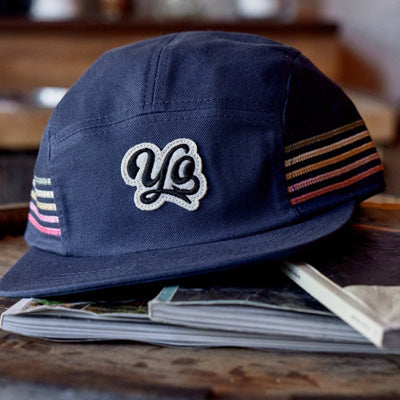
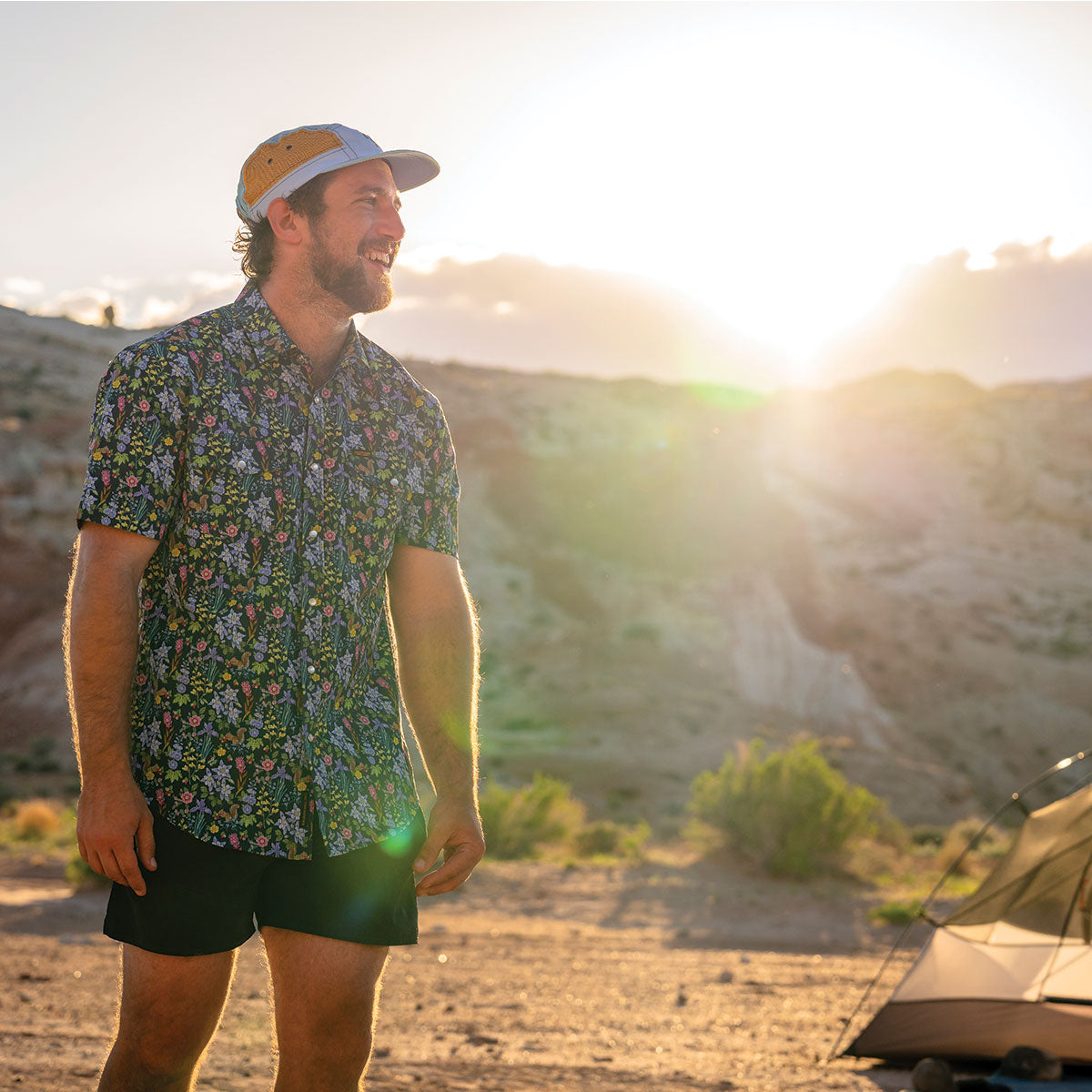
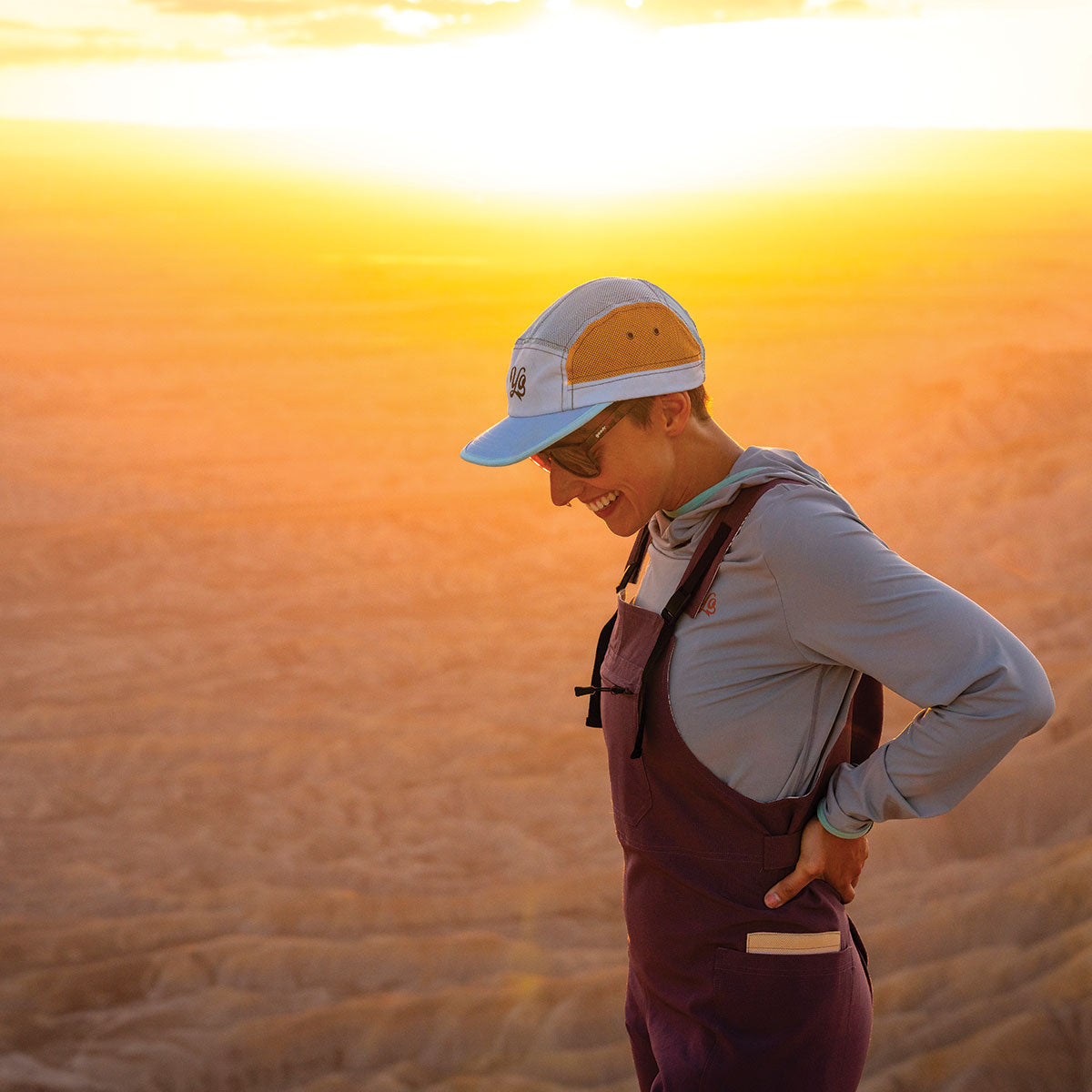

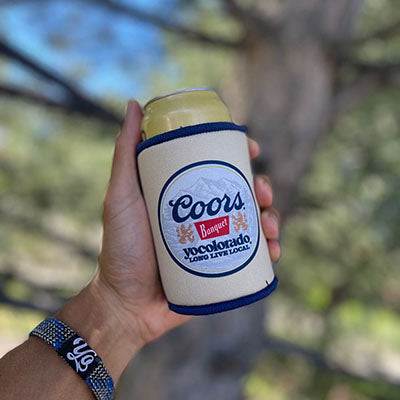
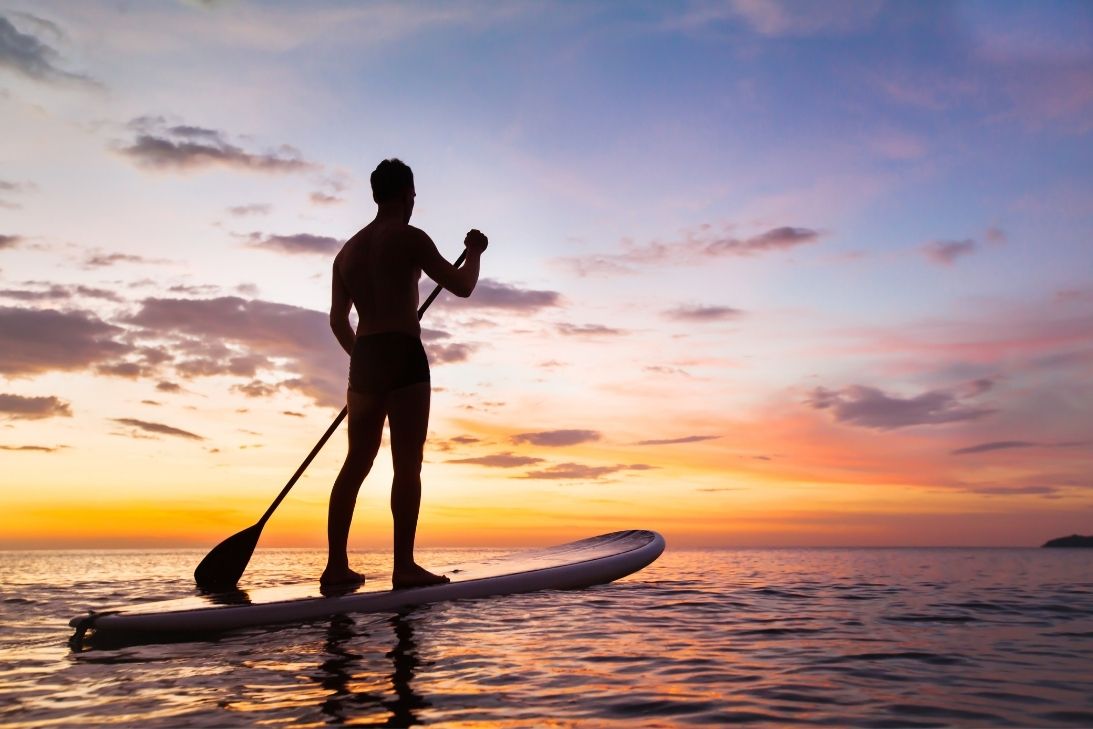

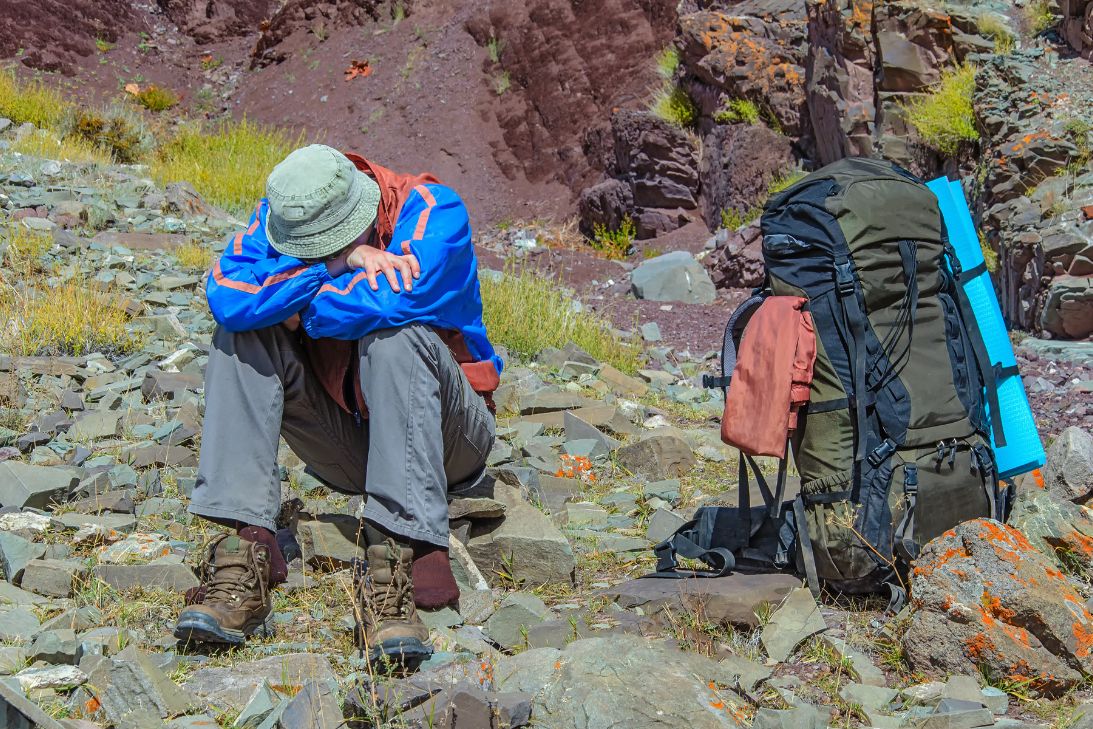
Leave a comment
This site is protected by hCaptcha and the hCaptcha Privacy Policy and Terms of Service apply.